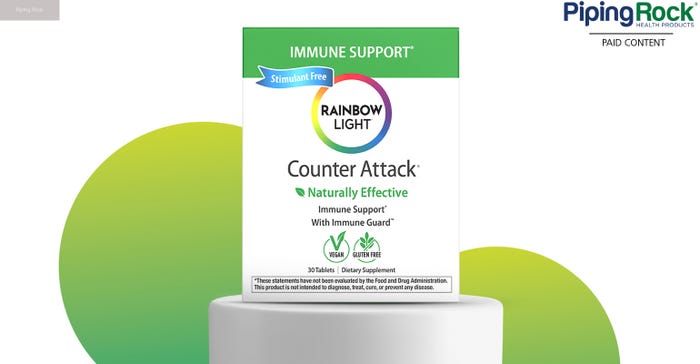FDA triclosan ban means opportunity for natural soap companies

It’s a rare day when the Food and Drug Administration clamps down on a personal care ingredient, but after years of debate, triclosan was finally deemed dirty enough to take action. Last week, the FDA banned triclosan and 17 other chemicals used in hand and body washes marketed as “antibacterial.”
The ban followed a Natural Resources Defense Council (NRDC) lawsuit that led to a settlement in which the FDA determined that these soap ingredients, which are regulated as “drugs,” are neither safe nor effective for use in everyday products. As a result, within a year no soaps can contain triclosan or any of the other banned ingredients.
The problem with triclosan
Research has linked the ingredient to issues ranging from liver damage to hormone disruption and allergies. “At the same time, studies showed that using soaps with triclosan were no more effective at preventing illness than using regular soap and water,” according to Mae Wu, a senior attorney on NRDC’s health team. Translation: lose/lose.
While the FDA began to more seriously review its safety and efficacy back in 2013 following the lawsuit, this is the first firm stance it has taken. The bottom line, according to the FDA, is that there’s no proof that triclosan, or any other chemicals making antibacterial claims, work any better than plain old soap and water for keeping disease and infection at bay.
“Getting these toxic, unnecessary chemicals out of hand soaps marks a big victory for consumers,” says Wu.
What the ruling doesn’t do
But, according to Wu, the ruling wasn’t all good news. The FDA will still allow the ingredient in health care antiseptics, hand sanitizers and food handling. According to the New York Times, it also will continue to show up in—wait for it—toothpaste. “…best-selling toothpaste brand, Colgate Total, convinced the FDA that the benefit of triclosan in toothpaste outweighs any risks,” according to the piece.
In addition to overlooking the use of the ingredient in some products and industries, the FDA also deferred making a decision on three potentially sketchy chemicals that are commonly used as triclosan replacements: benzalkonium chloride, benzethonium chloride and chloroxylenol, which the NRDC has called into question. “We really need the agency to cross the finish line on all these chemicals, so that we can rest easy when shopping for soap or when our kids are washing up at a fast food restaurant,” says Wu. Companies can submit data on these ingredients to the FDA by February 2017.
Natural companies have the edge
Triclosan has been off limits for natural brands and retailers for years, with companies in the industry committing to researching natural alternatives. CleanWell, for example, has built an entire line based off the antibacterial properties of thyme, which has emerged as a standout plant-based antibacterial ingredient. And other back-to-basics innovations, which tap natural ingredients from across the globe, are emerging from entrepreneurial brands such as Soapberri. But the biggest opportunity across the supply chain may be around education and reshaping the consumer perception that antibacterial soaps—whether those that use natural or synthetic ingredients—are more effective than regular soap.
About the Author
You May Also Like





